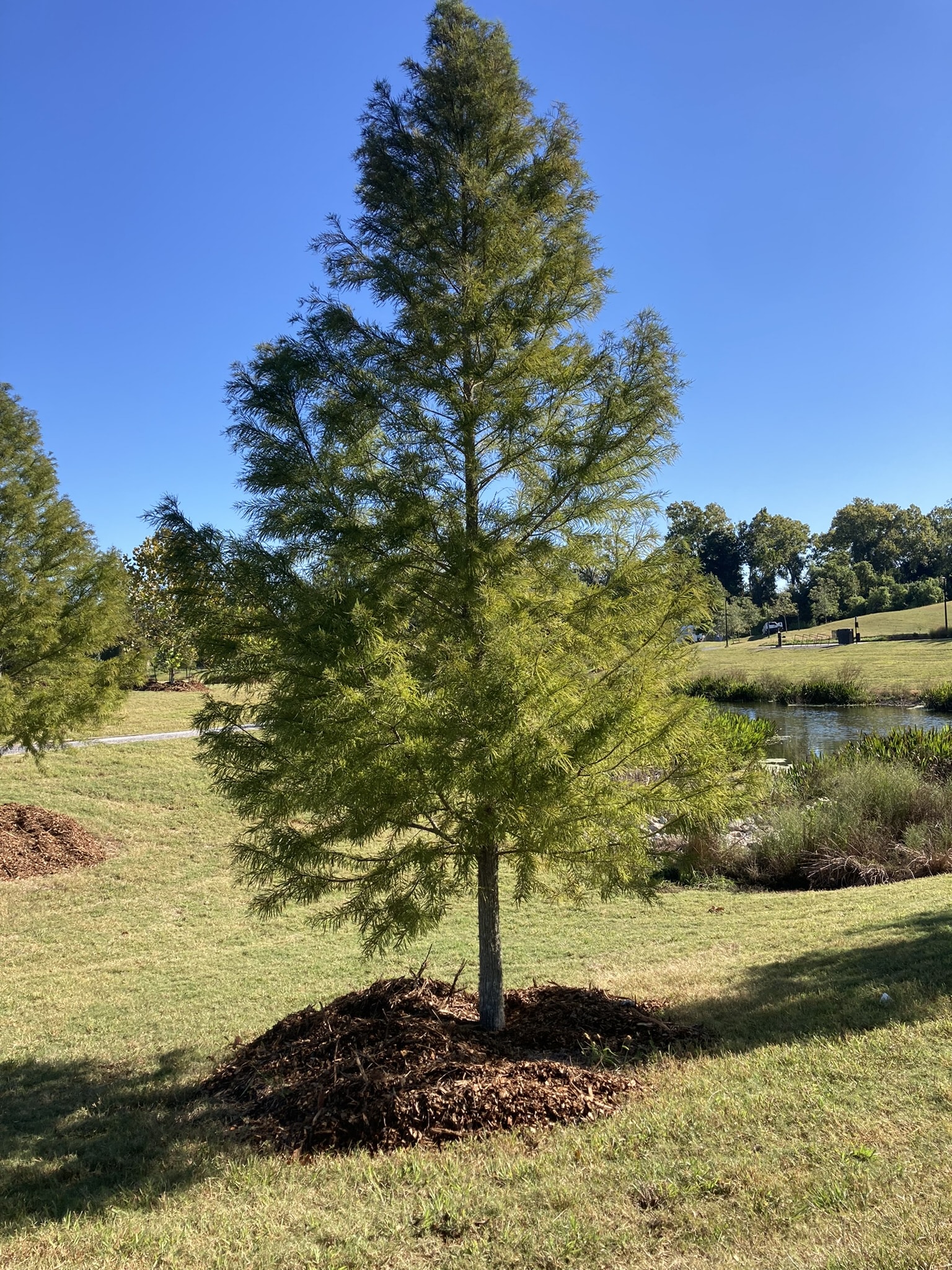The Joyful Art of Young Tree Pruning
Isn’t it wonderful to plant a new tree and watch it stretch up from a tiny sapling to towering above you? It’s almost like nurturing a child. Just as we guide our children towards healthy growth, we can do the same for our young trees. One delightful and essential way to do this is through young tree pruning, or as we like to call it, young tree “training.” It’s all about gently shaping the tree’s structure during its early years, ensuring it grows up strong and beautiful.
When to Prune: Timing is Everything!
The best time to prune? It’s during the tree’s nap time – that is, in the fall after the leaves have fallen, in winter, or at the very beginning of spring. During these cooler, shorter days, trees are conserving energy, making them less susceptible to pruning stress. Think of it as giving your tree a haircut while it’s resting. And remember, give your newly planted tree a year to settle into its new home before starting any pruning.
Special Cases:
- Fruit Trees: Prune these in early spring after the frost. It helps protect their delicate branches and sets the stage for a bountiful fruit season.
- Flowering Trees and Shrubs: Trim these right after their flowers fall, whether that’s in fall, winter, or late spring. This timing helps preserve those precious buds for next year’s bloom.
How to Prune: The Art of the Cut
Pruning is more precision art than random snipping. Always prune at the branch unions (where branches meet). Avoid leaving a stub – it’s like an open door for pests and diseases. Imagine the branches as arms with elbows. You want to cut at the ‘elbow’ where a branch joins a larger one. This spot, known as the branch collar, is rich in growth cells and defense compounds, helping the tree heal swiftly and sprout anew.
Pruning Basics: Sculpting Your Tree
Think of young tree pruning as sculpting a masterpiece. Here are six basic cuts, listed in order of importance. Plan your approach, and watch your tree transform beautifully!
- Central Leader: This is the main, tallest branch of the tree. Ensure it remains the star by reducing any rival branches.
- Poor Branch Unions: If multiple branches sprout from the same spot, it’s a weak link. Choose the strongest branch to keep and prune the others.
- Crossing Branches: Branches that cross or rub can hurt each other, creating wounds. Remove these to keep the tree healthy.
- Dead and Diseased Branches: Trim away any broken, dead, or diseased limbs to conserve the tree’s energy.
- Sprout Growth: Remove sprouts from the base or trunk. They’re energy drainers and could signal stress in your tree.
- Raising the Canopy: Adjust the height of the lower branches to your liking, but remember: never remove more than 1/3 of the canopy in a year. It’s a gradual sculpting process.
Parting Thoughts: A Healthy Start for a Lifetime
Practicing these simple pruning principles can make a world of difference for your young tree. It’s not just about creating a pretty shape; it’s about setting the foundation for a lifetime of health and strength. By addressing these structural needs early, you’re reducing future risks and maintenance needs, making your role as a tree steward both enjoyable and rewarding. Happy pruning!
Written by Abbie Judice Acosta, Environmental Coordinator, ISA Certified Arborist SO-10801A

